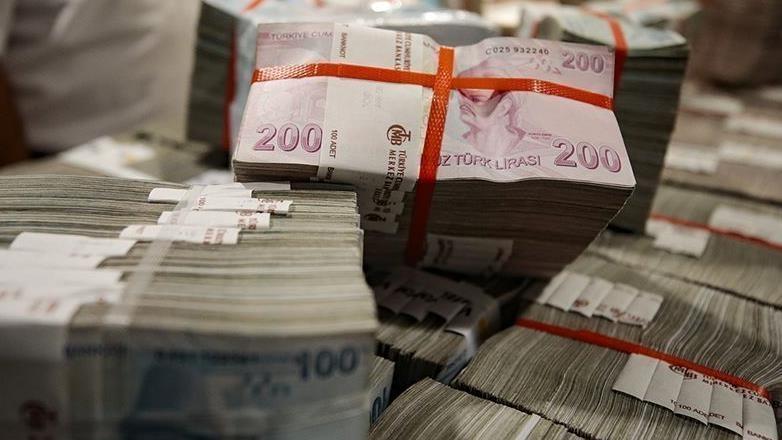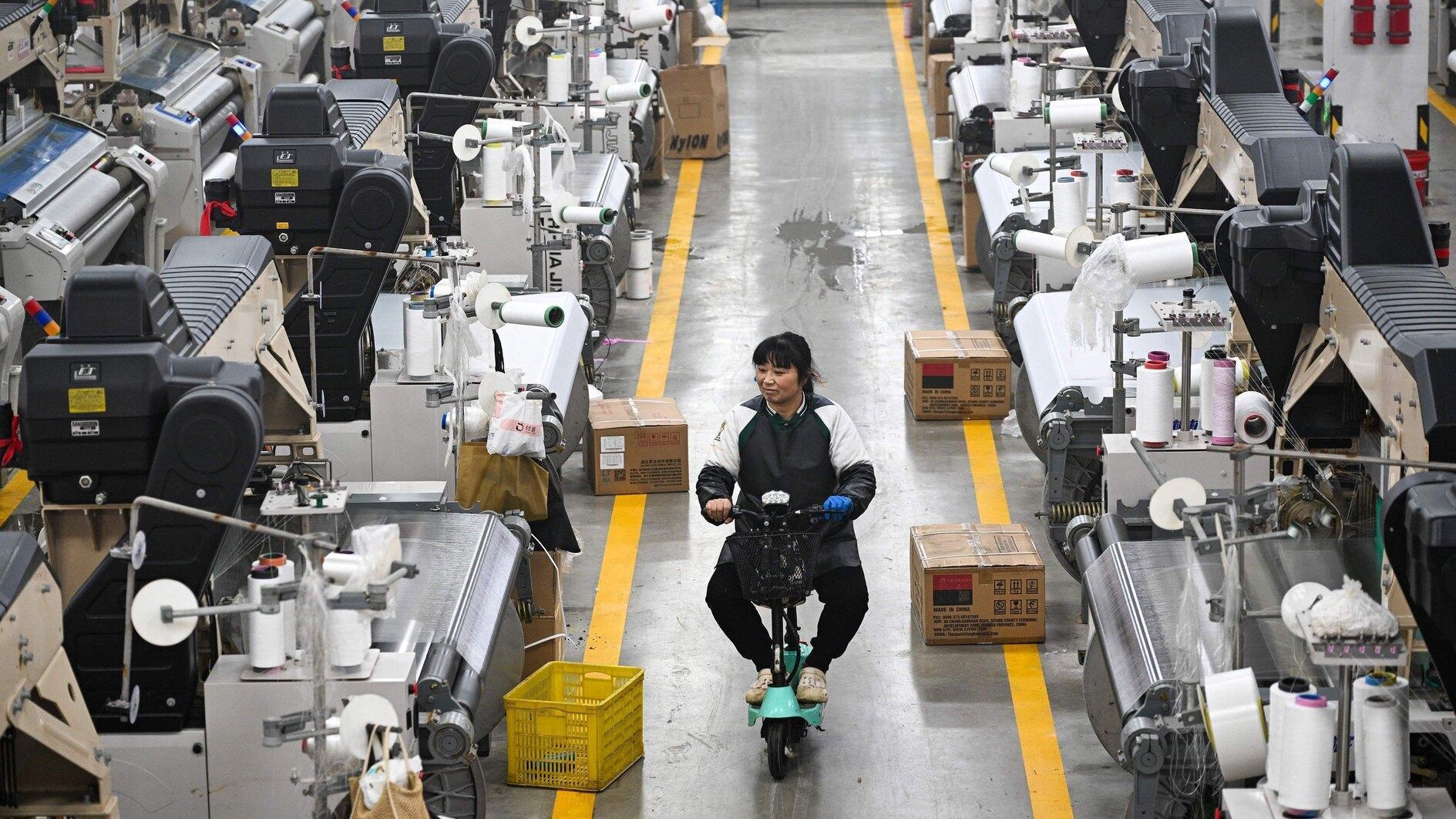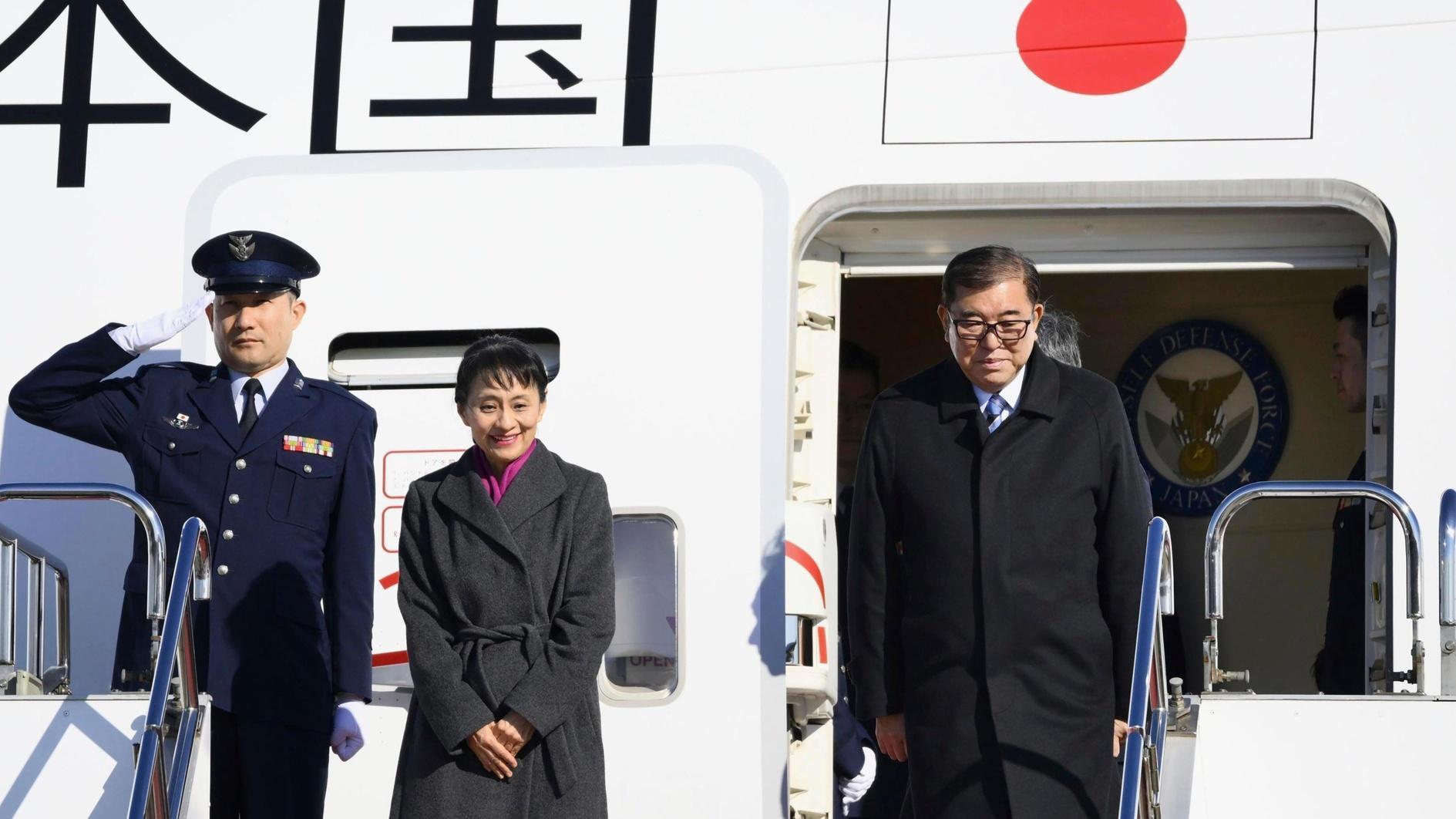Japan boosts stimulus by $138 billion, creates new loan scheme

A man works in front of cranes at an industrial area in Tokyo. Japan’s industrial output dropped 4.1 percent in September, fresh official data shows. REUTERS photo
The Bank of Japan (BoJ) boosted its monetary stimulus for the second month in a row yesterday in response to intense political pressure for action and mounting evidence that the world’s third-largest economy was on the cusp of recession.In a well-flagged move, the central bank topped up its asset buying and lending program, its main monetary easing tool, by 11 trillion yen ($137.82 billion) to 91 trillion, broadly in line with what markets had factored in.
As a result the yen firmed and benchmark 10-year bonds erased earlier gains driven by some speculation that the central bank might choose to surprise with more aggressive action.
High expectations
It was the first time since 2003 that the conservative BoJ has eased policy for two months in a row. In another rare move, the central bank issued a joint statement with the government pledging their combined efforts to shore up the economy and pull it out of deflation. “The BoJ will pursue powerful monetary easing aiming for 1 percent inflation and until that goal comes into sight,” said the statement, signed by BOJ Governor Masaaki Shirakawa and Economy Minister Seiji Maehara.
But both neither BOJ’s stronger language nor its new plan to supply banks with low-interest long-term funds without limiting the amounts available managed to impress analysts, who expected pressure for more monetary easing to persist.
“The problem is not banks’ ability to lend,” said Masayuki Kichikawa, chief Japan economist at Bank of America Merrill Lynch in Tokyo. “The problem is a lack of demand for loans due to deflation and a high exchange rate. The markets will continue to expect more from the BoJ.”
Yesterday’s move follows a similar-sized stimulus, worth just over 2 percent of Japan’s GDP, in September and a steady stream of poor economic data that spurred politicians’ calls for more easing to shore up an economy that was losing traction faster than thought even a month ago. Just as its post-tsunami reconstruction mini-boom tapers off, China’s economy downshifts and Europe’s debt crisis weighs on business confidence, Japan has also been faced with the economic fallout from a territorial dispute with Beijing.
Since the conflict flared up last month, companies, including carmakers Honda and Toyota, have been slashing sales and profit forecasts and rethinking investment plans in their top export market.
Data also showed output from Japan’s factories fell last month at the fastest rate since the aftermath of the March 2011 earthquake. The output data followed equally grim export figures, business confidence surveys and price data.
Adding to the pressure on the central bank is its pledge made in February to achieve 1 percent price growth, and its admission that it will need more time to get there.
As widely expected the central bank cut its growth and price forecasts in a semi-annual review.
















